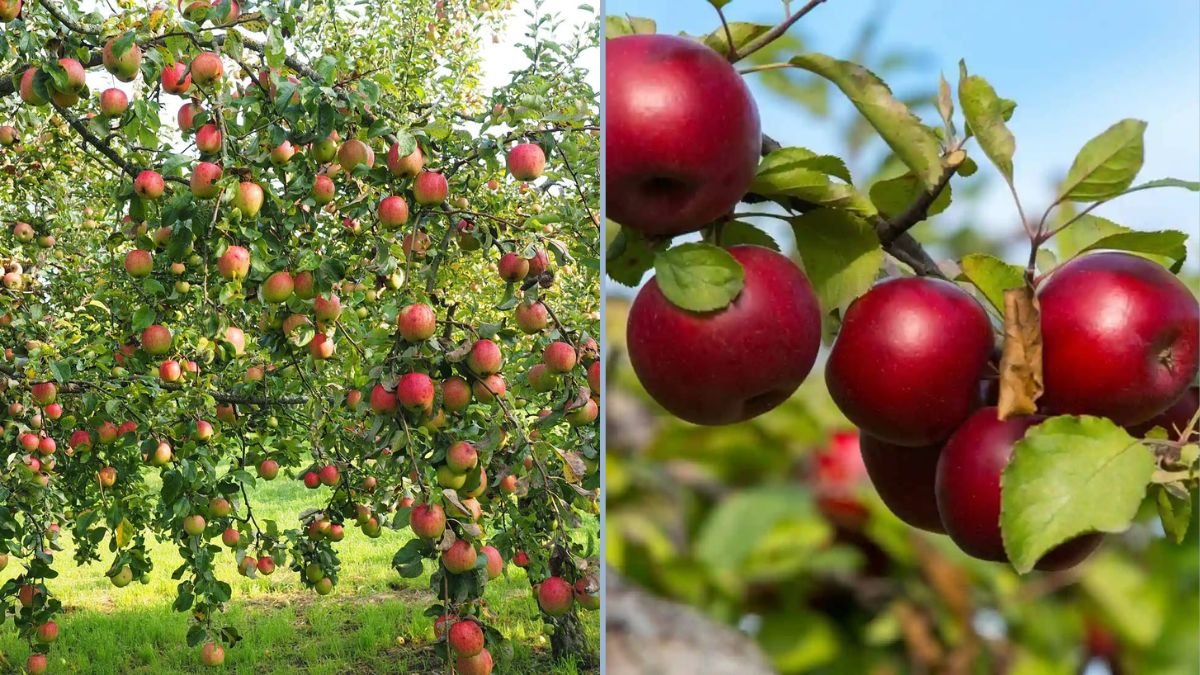There’s something truly satisfying about biting into a crisp, juicy apple and savoring its unique flavor. Among the many apple varieties available, the Empire apple stands out for its perfect balance of sweetness and tartness, firm texture, and vibrant red skin. Whether you’re a home gardener, a culinary enthusiast, or someone simply curious about apple varieties, learning to taste and appreciate Empire apples can transform the way you enjoy this classic fruit.
In this guide, we’ll explore the history, flavor profile, culinary uses, and tasting experience of Empire apples, along with tips on selecting, storing, and growing them in your own backyard orchard.
Introduction to Empire Apples
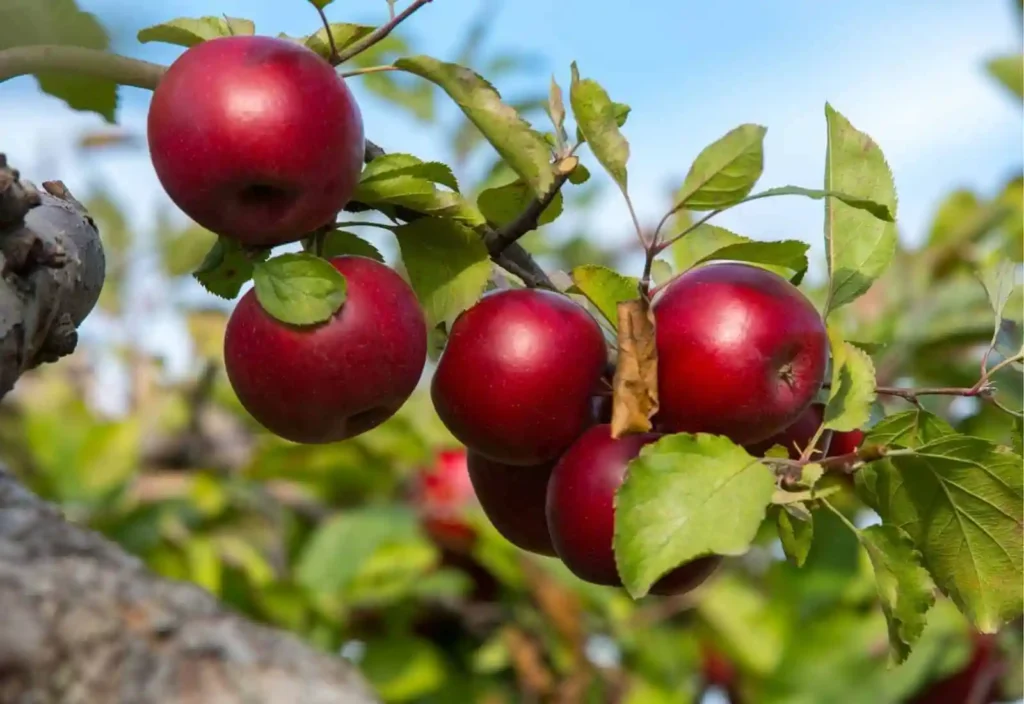
The Empire apple is a relatively modern variety, first developed in New York State in the 1940s. It is a cross between McIntosh and Red Delicious apples, combining the best qualities of both parents:
- From McIntosh: Crispness, aromatic flavor, and excellent juice content.
- From Red Delicious: Firm texture, vibrant color, and good storage capability.
Empire apples have grown in popularity due to their versatility, durability, and well-rounded flavor, making them a favorite among apple lovers and home gardeners alike.
Flavor Profile of Empire Apples
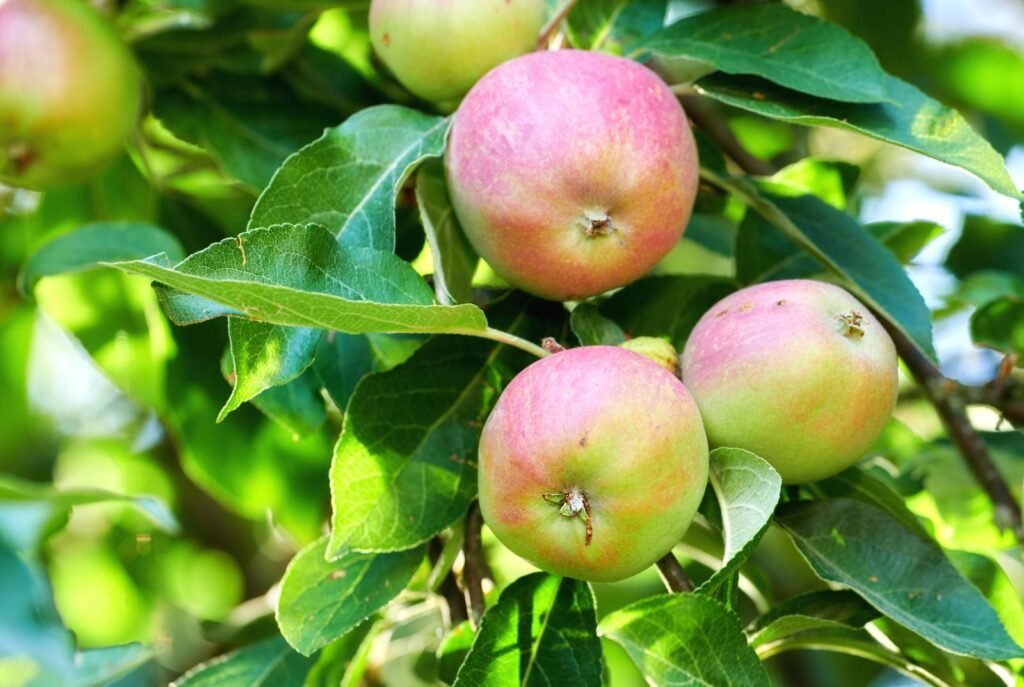
Empire apples are celebrated for their balanced flavor and satisfying texture:
- Sweetness and Tartness: A perfect combination of mild sweetness with a subtle tart finish.
- Texture: Firm, crisp flesh that holds up well when sliced, baked, or cooked.
- Juiciness: Refreshing and hydrating, making them ideal for eating fresh.
- Aroma: Pleasantly fragrant, reminiscent of classic McIntosh notes with a hint of Red Delicious.
The harmony of flavors makes Empire apples suitable for a wide range of culinary uses, from fresh snacking to pies, tarts, and salads.
Empire Apple Tasting Tips
To fully appreciate the flavor of Empire apples, follow these tasting tips:
1. Select the Right Apple
- Look for bright red skin with slight green undertones near the stem.
- Choose apples that are firm to the touch, without bruises or soft spots.
2. Observe Appearance
- Note the skin’s color, patterns, and any subtle imperfections.
- A healthy apple should have a vibrant sheen and no signs of decay.
3. Smell the Apple
- The aroma contributes significantly to the tasting experience.
- Bring the apple close and inhale the sweet, fruity scent before taking a bite.
4. Take a Small Bite
- Pay attention to texture, juiciness, and initial flavor.
- Note the balance between sweetness and tartness.
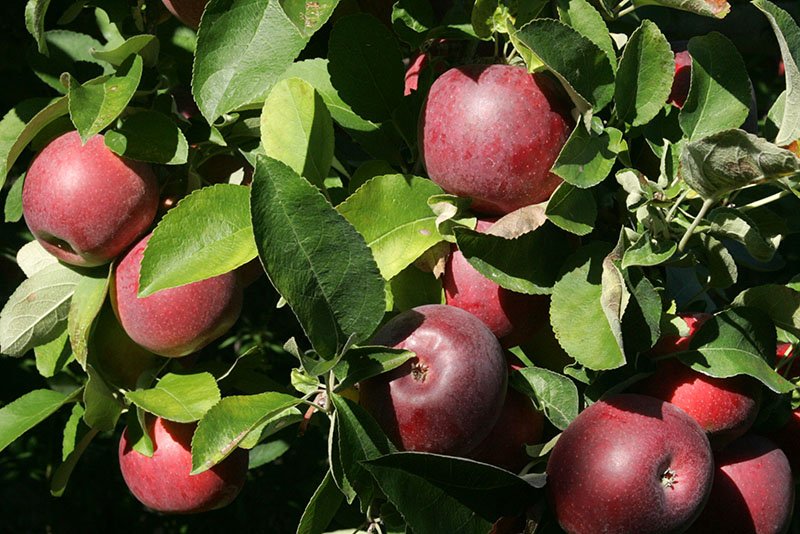
5. Chew Slowly
- Chewing slowly allows you to detect the subtle flavor nuances, including the aromatic undertones inherited from McIntosh.
- Notice the aftertaste—Empire apples leave a pleasant, lingering finish that is neither too sweet nor too tart.
6. Compare with Other Varieties
- Taste an Empire apple alongside other varieties such as Honeycrisp, Gala, or Fuji to appreciate its unique qualities.
- Empire apples are generally crisper and more balanced than McIntosh, while sweeter and firmer than Red Delicious.
Culinary Uses for Empire Apples
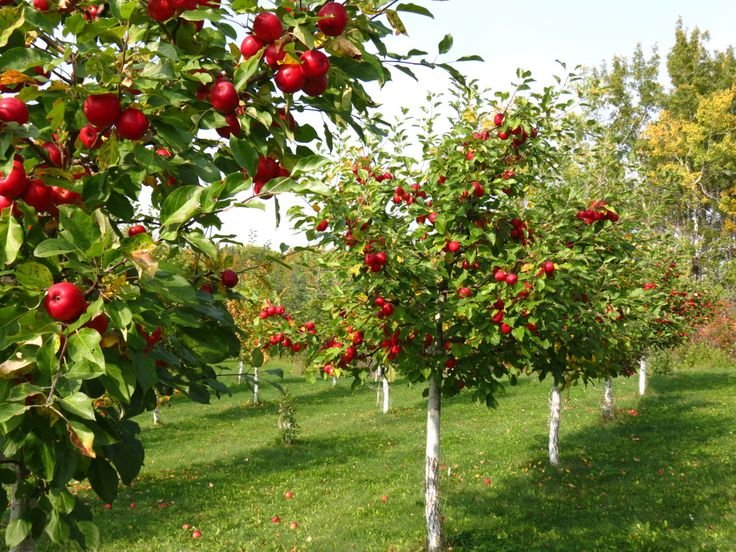
Empire apples are versatile in the kitchen, making them a favorite for multiple culinary applications:
1. Fresh Eating
- Their crispness and juiciness make Empire apples perfect for snacking or lunchboxes.
- Slice and serve with cheese or nut butter for a healthy, satisfying treat.
2. Baking
- Firm texture allows them to hold shape in pies, tarts, and crisps.
- The balanced sweet-tart flavor adds depth to apple desserts without being overly sugary.
3. Salads
- Slice thinly into salads for crispness and natural sweetness.
- Pair with leafy greens, nuts, and a light vinaigrette for a refreshing combination.
4. Sauces and Cider
- Their juiciness makes them ideal for homemade applesauce or apple cider.
- Empire apples produce a flavorful, aromatic puree or juice without additional sweeteners.
Growing Empire Apples in Your Backyard Orchard
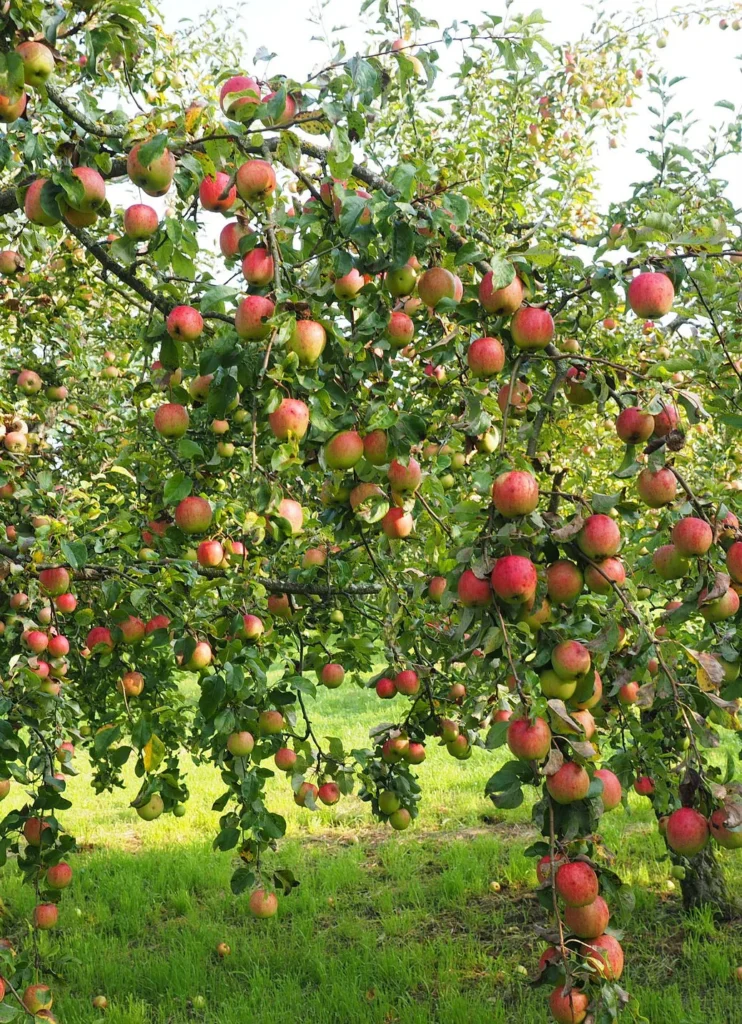
If you’re inspired to grow your own Empire apples, here’s what you need to know:
1. Climate Requirements
- Thrives in temperate climates with cold winters and warm summers.
- Requires full sun exposure (6–8 hours per day) for optimal fruit development.
2. Soil Conditions
- Prefers well-drained, loamy soil with a pH of 6.0–7.0.
- Amend soil with compost or organic matter for nutrient-rich growing conditions.
3. Planting and Spacing
- Plant Empire apple trees 12–15 feet apart for semi-dwarf trees and 18–25 feet apart for standard trees.
- Proper spacing allows sunlight penetration and air circulation, reducing disease risk.
4. Pollination
- Empire apples are partially self-fertile, but planting a compatible pollinator variety such as Fuji, Gala, or Honeycrisp nearby ensures better fruit set and larger apples.
5. Watering and Fertilization
- Young trees: Water 2–3 times per week to establish roots.
- Mature trees: Deep watering once a week, increasing during hot, dry spells.
- Apply balanced fertilizer (10–10–10 NPK) in early spring to support growth.
6. Pruning
- Prune in late winter to remove dead, crossing, or crowded branches.
- Summer pruning can help manage vigorous growth and focus energy on fruit production.
7. Pest and Disease Management
- Common pests include aphids, codling moths, and spider mites.
- Diseases may include apple scab, powdery mildew, and fire blight.
- Practice proper pruning, sanitation, and organic sprays to maintain healthy trees.
Harvesting Empire Apples
- Typically ready for harvest in late September to early October, depending on your region.
- Signs of ripeness:
- Firm flesh
- Bright red skin with slight green undertones near the stem
- Sweet aroma
- Easy detachment from the branch
- Handle carefully to avoid bruising. Empire apples store well, making them perfect for extended enjoyment.
Storage Tips for Empire Apples
Proper storage prolongs freshness and flavor:
- Store in a cool, humid environment (32–40°F or 0–4°C).
- Keep apples away from strong-smelling foods, as they can absorb odors.
- For longer storage, wrap individual apples in paper to reduce moisture loss.
- Empire apples can last several months under optimal conditions, allowing you to enjoy them well into winter.
Empire Apple Tasting Experiences
Tasting Empire apples is an experience that combines appearance, aroma, flavor, and texture:
- Visual Appeal: The bright red, glossy skin is inviting and appetizing.
- Aromatic Scent: Fresh, fruity aroma enhances the tasting experience.
- First Bite: Crisp and juicy, offering a perfect balance of sweetness and tartness.
- Chewing Experience: Firm flesh holds up, releasing juice gradually and evenly.
- Aftertaste: Clean, pleasant finish without overwhelming sweetness or acidity.
Whether enjoyed fresh, baked, or juiced, Empire apples provide a memorable tasting experience that makes them a favorite among apple enthusiasts.
Conclusion
Empire apples are more than just a beautiful apple; they are a delicious, versatile, and rewarding variety for home gardeners and culinary enthusiasts. By understanding their flavor profile, tasting nuances, and culinary applications, you can fully appreciate what makes Empire apples special.
If you’re inspired to grow your own, a backyard Empire apple tree can provide years of crisp, sweet, and aromatic apples, enhancing your garden’s beauty while giving you the satisfaction of homegrown fruit.
Next time you enjoy an Empire apple, take a moment to observe, smell, and savor—the perfect apple experience combines flavor, texture, and aroma into every bite, making it a truly delightful fruit for any occasion.
